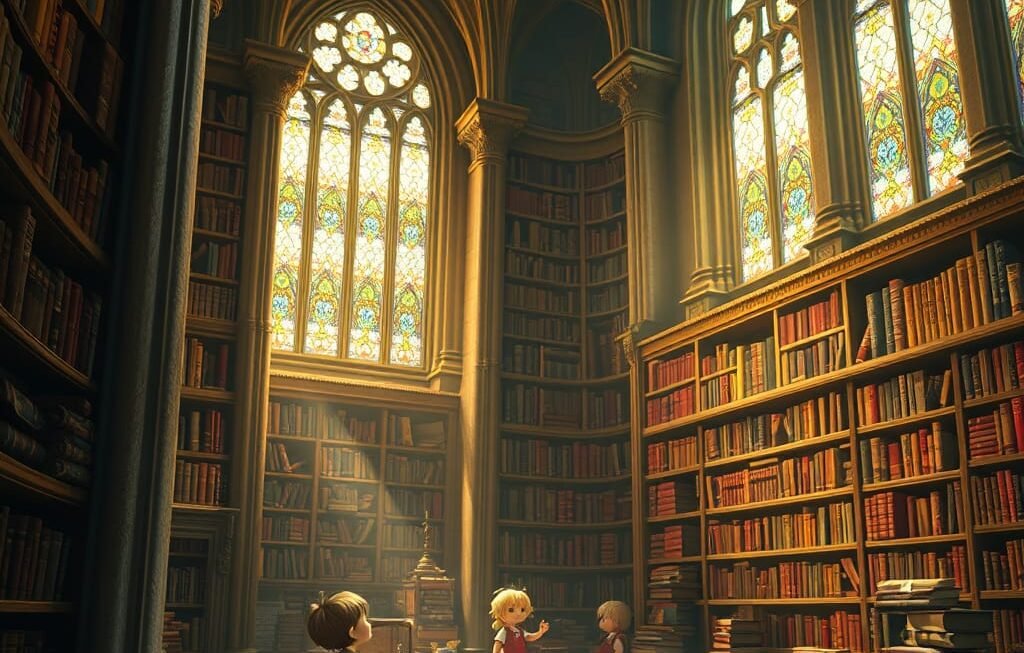History is not just a collection of dates, events, and facts; it is the foundation upon which our societies, cultures, and identities are built. As we look toward the future, it’s essential that we equip the next generation with an honest, well-rounded understanding of the past. This means teaching children about the real history—the triumphs, the struggles, the victories, and the mistakes—without glossing over uncomfortable truths. But why is this so important?
1. Understanding Our Past to Build a Better Future
One of the primary reasons for teaching children about real history is that it helps them understand how the present has been shaped by the past. By studying events from different times and places, children can see the connections between the choices made by previous generations and the world they live in today. Whether it’s the struggles for civil rights, the consequences of war, or the rise and fall of empires, learning from history empowers young people to make informed decisions in the future.
By focusing on real history, children gain insight into how society evolved and what factors—be they economic, social, political, or cultural—led to the world they know. Understanding history allows them to learn from past mistakes and successes, preventing the repetition of harmful patterns.
2. Encouraging Critical Thinking and Empathy
History is rarely a straightforward narrative of good versus evil. Instead, it is filled with complexity, nuance, and multiple perspectives. Teaching children about the intricacies of real history encourages them to think critically, analyze different viewpoints, and recognize the complexity of human experiences.
For example, understanding both sides of a conflict, such as the Civil War or World War II, helps children empathize with people whose experiences and viewpoints may differ from their own. When we present history in its full complexity, we also encourage children to see the humanity in others, fostering empathy and compassion.
3. Promoting Diversity and Inclusion
Real history is not just about one narrative. It is about many voices, cultures, and communities coming together to create the fabric of the world. By teaching children about the history of diverse groups—whether it’s Indigenous peoples, women’s rights movements, or the history of immigrant communities—we create a more inclusive understanding of the world.
In doing so, we also help combat prejudice and stereotypes. When children learn about people who have been historically marginalized or oppressed, they are less likely to perpetuate harmful myths and misconceptions. A well-rounded education in history promotes respect for others, regardless of their background, race, or heritage.
4. Challenging Myths and Misinformation
In an era of misinformation and “alternative facts,” it is more important than ever to ensure that children are taught the real story of our past. History is often distorted or oversimplified for political or ideological reasons, but when children are taught the full, unvarnished truth, they are better equipped to challenge myths and misinformation.
By understanding the real events and their context, children can recognize when they are being fed misleading narratives. This critical skill will help them become more informed citizens who are capable of questioning the information they encounter and seeking the truth.
5. Fostering a Sense of Identity and Belonging
History helps us understand who we are and where we come from. For children, learning about their own cultural, familial, or national histories can instill a sense of pride and identity. At the same time, understanding the histories of others fosters a sense of global interconnectedness, showing children that they are part of something much bigger than themselves.
By learning about history, children also begin to appreciate the struggles and sacrifices of previous generations, deepening their connection to the communities they belong to. This sense of belonging is vital for developing self-esteem and a strong sense of purpose.
6. Empowering Active Citizenship
Finally, teaching children about real history empowers them to be active and engaged citizens. History is not just about the past—it is a tool for shaping the present and the future. When children understand how political movements began, how social changes took place, and how ordinary people have made a difference throughout history, they realize that they too can have an impact on the world.
Whether it’s advocating for justice, standing up against inequality, or making decisions that will affect future generations, children who understand history are more likely to feel a sense of responsibility to improve their world. History is not just an academic subject; it’s a roadmap for social change.
Conclusion
Teaching our children about real history is an investment in their future and in the future of society. It gives them the tools to think critically, empathize with others, challenge misinformation, and actively contribute to the world around them. When we teach history as it really happened—not just the parts we are comfortable with—we give children the opportunity to understand the complexities of the human experience and prepare them to navigate the challenges of tomorrow.
History, in its fullest form, holds the power to shape young minds in ways that will echo for generations. Let’s teach them the whole story, so they can build a better one.

